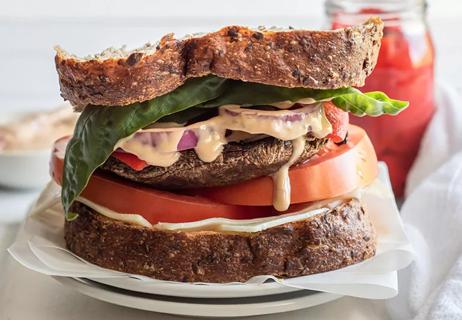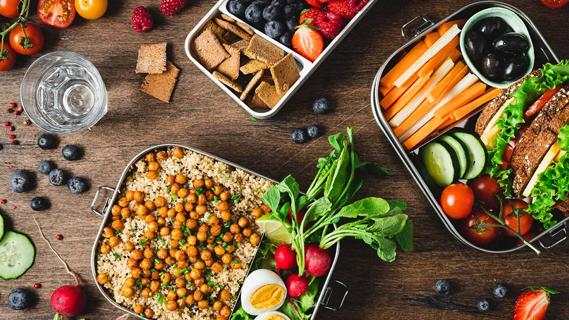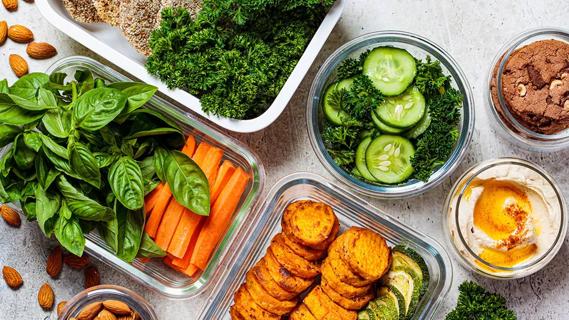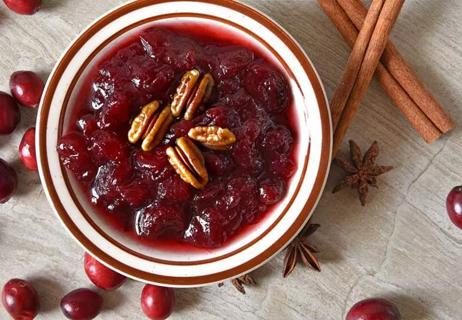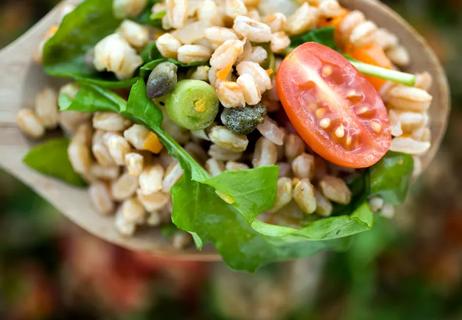Grocery store shelves are packed with health bars, energy bars and breakfast bars all claiming to give you a nutritional boost. But the bars you’re buying may not be as beneficial as you think. With hundreds of different brands and types of products on the market, it can be difficult to know which ones provide good nutrition and which ones are just adding extra calories, fat and sugar to your diet.
Advertisement
Cleveland Clinic is a non-profit academic medical center. Advertising on our site helps support our mission. We do not endorse non-Cleveland Clinic products or services. Policy
“Pick up any bar today and it probably has a laundry list of ingredients, few of which sound like real food,” says registered dietitian Ryanne Lachman, RDN, LD. “Health, nutrition, weight loss and performance bars are not meant to replace a healthy meal, but in our busy world, sometimes we need a little help filling in the nutritional gaps. These bars can help, but only if you choose wisely.”
5 tips to choosing the right health bars
When it comes to offering you the best benefits and fuel, not all health bars are created equal. Keep these things in mind:
- Look at the ingredients. When you’re looking at a bar, read the ingredient list first. You’ll want to do this before you look at the nutrition facts because the macronutrient grams of protein, fat and carbohydrate may seem normal, but there could be hidden ingredients behind these numbers. Manufacturers may also be adding extra fat, sugar and other chemicals to make the bar look or taste healthy, even when it’s not. Sometimes, a health bar is no better than reaching for a candy bar, warns Lachman.
- Think about why you’re eating it. Are you eating the bar as a meal replacement, as a quick snack or as a supplement to a healthy diet? This is important because some bars are higher in protein, while others have added antioxidants or special ingredients to boost performance. If you’re eating it as a meal replacement, look for a product that has at least 300 calories and 10 grams of protein per bar. This will provide ample calories, carbohydrates and protein to help maintain energy and blood sugar levels throughout the day.
- Look for how much fat and sugar it contains. Many of these bars are high in fat and sugar. If you’re eating it as a meal replacement, it should have no more than 4 grams of added sugars and 4 grams of saturated fat per bar. If you’re eating it as a snack, choose bars with no more than 2 grams of added sugar or 2 grams of saturated fat per bar. These numbers are important because fats and added sugars — cane juice, molasses, honey, and others — increase inflammation in the body, which increases the risk of heart disease, diabetes and arthritis.Sugar alcohols are another common ingredients in energy bars because they have fewer calories than sugar. Manufacturers frequently use sorbitol, xylitol, isomalt, and mannitol. These sugar alcohols are helpful for an active person watching his or her weight, but if you don’t routinely consume sugar alcohol, you can experience cramping, bloating and diarrhea, since our bodies digest sugar alcohols very slowly and because sugar alcohols aren’t fully broken down by our bodies. Sugar alcohol is safe to consume, but be sure to avoid excessive amounts at one time. Don’t exceed 6 grams of sugar alcohol the first time you try this product while exercising.
- Find bars with fiber. Look for a product that has at least 2 to 3 grams of dietary fiber per bar, but be careful because some products include chicory root or other types of fibers to increase the fiber artificially. Not only are you getting an added ingredient, your friends and family might not like the flatulence you’re likely to experience from eating chicory root! Consider yourself warned. Look for products that have natural fiber from fruits, vegetables or nuts. These are sure to give your body the nutrition it needs in the right amounts. Lachman also advises to be careful about eating a fiber-rich bar before or during a rigorous workout because it increases your risk of gastrointestinal distress. This is because fiber is hard for your body to break down. Aim for less than 3 grams of fiber per bar when you’re fueling for performance.
- Be protein smart. Many bars claim to be “performance enhancing” products and offer significant amounts of protein (greater than 20 grams per bar). If you’re using the bar as a meal replacement, 10 grams of protein is adequate. If you’re eating it as a snack or a supplement to a meal, the bar should have 5 grams or less of protein. Some protein is needed for the growth and repair of muscles, but not nearly as much as many people think. Protein is one area where “more is not necessarily better.” Your body can only store so much protein, and once you’ve met that amount, the rest gets eliminated.
The bottom line for health bars
Health bars are meant to aide you with your nutrition – but they’re not meant as a replacement for a healthy diet. Your body needs fruits, veggies, whole grains, healthy fats and lean protein in their most natural forms. If you’re looking for a product to help you fill the nutritional gap, bars can meet that need.
The bottom line is to keep the ingredient list simple and read the label to help you make better choices. Eating these bars in addition to a healthy diet can help keep you going strong all day long.
A word on energy and sports gels
“Energy gels are a cross between a sports drink and an energy bar,” says Lachman. “Their ability to provide immediate fuel to working muscles is what makes them so popular for athletes.”
Here are a few tips to ensure success when you use them:
- Be sure to take a few sips of water before and after using the gel to ease your digestion. Energy gels contain a 55 to 65% carbohydrate concentration vs. the typical 4 to 8% concentration commonly found in sports drinks. During high-intensity exercise, your body diverts blood away from the digestive tract to help your legs continue to move, therefore making the high concentration of carbohydrate difficult to digest.
- If you’re using a sports gel within an hour of vigorous, longer term activity and want the most benefit, make sure it contains no more than 1.36 to 2.27 mg of caffeine per pound of your body weight. If you weigh 150 pounds, for example, you should keep your sports gel caffeine intake between 204 and 340 mg. If you’re not accustomed to consuming caffeine (or have struck out with a pre-work supplement in the past), experiment with a small dose early in the day. Too high a dose may contribute to anxiety, irritability, increased urination and bowel movements, rapid increase in heart rate and insomnia.
- Tread carefully with green tea extract. This is a common ingredient in sport supplement bars or gels because it can enhance thermogenesis — which means that this ingredient provides a slight increase in calorie burn. This increase is mostly due to its caffeine content. Although relatively safe to consume, this is not the best choice if you’re a serious athlete who struggles to get enough calories. Many athletes have a hard enough time replenishing the calories they lose during a tough training session and green tea extract compounds this problem. Athletes who need to keep their weight intact should avoid supplements with green tea as a main ingredient.
No matter what you choose for a sports supplement, be sure to practice your fueling routine just as you would practice your sport. In order for any form of nutrition supplement to work to your advantage, it’s important to anticipate your body’s reaction. This is the best way to avoid any unexpected or negative side effects.

